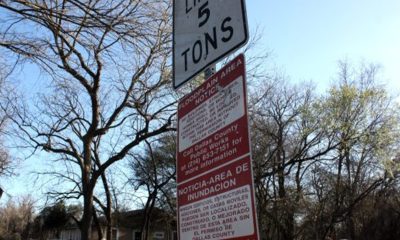Health
Racial Disparities in End-of-life Care; Many Are Unaware of Hospice Care
Sharitta Berry was at Oakland’s Highland Hospital when she got the bad news in early 2018. Doctors told the 52-year-old that she had Chronic Obstructive Pulmonary Disease (COPD), caused by years of heavy smoking and drug abuse. There is no cure for COPD and her condition was rapidly getting worse.
Berry needed to make an important decision: she could choose the comfort care provided by hospice. Or she could undergo invasive surgery and be attached to a ventilator for the rest of her life. Berry’s doctors tried to explain her options, but they were unable to communicate effectively with her, and she couldn’t reach a decision. At the heart of the communication break-down was a deep lack of trust of the medical system—Berry, an African-American woman — did not trust what her doctors were telling her.
Berry’s daughter, Ashley Hunter, said her mother was having recurring dreams about doctors. “Some of the doctors were all gorillas,” said Berry. “Or they were like robotic. She was talking about doctors doing something to her.”
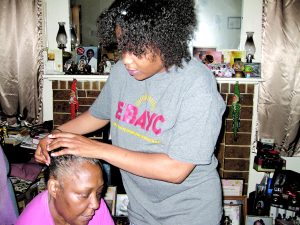
Sharitta Berry and daughter Ashley
Communication skills and training in conducting sensitive, end-of-life conversations are essential for providing high quality care to dying patients. However, studies have found that African Americans report lower quality interactions with their physicians, compared with white patients. African Americans also report less satisfaction with the quality of communication, including the extent to which providers listen and share information. Many are either unaware of hospice care or lack a clear understanding of what hospice is.
The goal of home hospice is comfort and pain management, when a cure is no longer possible. But far fewer African Americans utilize hospice compared to whites. Among Medicare beneficiaries who died in 2010, 45.8 percent of whites used hospice compared to 34 percent of African Americans.
“African-Americans do tend to die more often on machinery in facilities, away from home in pain than white patients,” said Oakland palliative care specialist Dr. Jessica Zitter, referring to a 2013 survey done by the Pew Center survey.
Even though there’s little chance of full recovery, African-Americans are more likely than whites to choose life-sustaining measures. Minorities at the end of life are more likely to receive high-intensity, life-sustaining treatments. Without the comfort care provided by hospice, African-Americans at the end of life have less access to pain medication, especially if they live in low-income neighborhoods, which Zitter says can sometimes be “pharmacy deserts.”
For dying patients who opt for aggressive, life-prolonging treatments, Zitter says these heroic measures can immobilize frail patients, thus increasing their discomfort and suffering in their final days of life.
“If I sit and think what that must feel like to be a dying person, unable to communicate on my back in an ICU or a ventilator facility with tubes surgically attached to my body with my arms tied down—to me, that’s a fate I would never personally want,” said Zitter.
Berry’s doctors finally brought in Zitter to help her reach a decision on the care she wanted during the last months of her life. Rather than dominate the conversation with medical jargon, Zitter gained Berry’s trust by letting her talk for a long time. Berry felt comfortable speaking with Zitter and soon, it became clear what Berry wanted. “I said ‘well, what do you think about being on a breathing machine?’” recounts Zitter. “And [Berry] said ‘I’m afraid I wouldn’t get off.’ I said ‘I’m afraid you wouldn’t get off too.’ And she said ‘I don’t want it.’
“And that was it—that was the answer.”
Berry returned home and received hospice care, pain medications, breathalyzers, and an oxygen tank. “My mama knows I don’t like seeing her in the hospital,” said r Hunter, “She knows I’m more comfortable her being with me and closer to me.”
Five months after the terminal diagnosis, Berry passed away peacefully in her sleep, surrounded by her family.
This story is part of a series examining racial disparities in accessing hospice and comfort care at the end of life. JoAnn Mar’s report was produced as a project for the USC Annenberg Center for Health Journalism’s 2018 California Fellowship.
Community
Calif. Dept. of Public Health: Got Milk Allergies? Don’t Eat Dave’s Bakery Cornbread
The California Department of Public Health (CDPH) issued a warning on Jan. 26, instructing consumers with milk allergies or “severe sensitivity to milk” in the state to not eat Dave’s Bakery Corn Bread due to “risk of illness.” The CDPH warns that consumption of the corn bread manufactured by a Gardena-based company — with expiration dates up to June 18, 2024 — may lead to “life threatening” reactions.
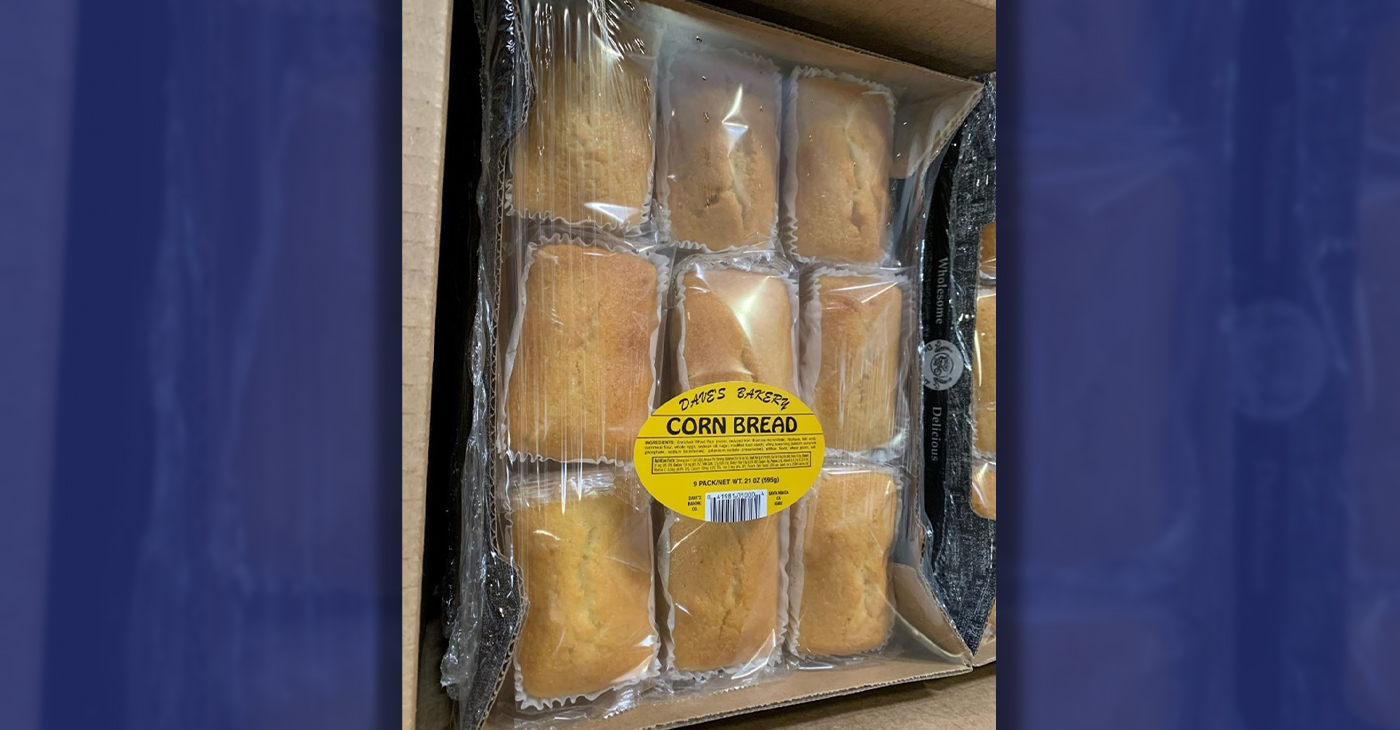
By California Black Media
The California Department of Public Health (CDPH) issued a warning on Jan. 26, instructing consumers with milk allergies or “severe sensitivity to milk” in the state to not eat Dave’s Bakery Corn Bread due to “risk of illness.”
The CDPH warns that consumption of the corn bread manufactured by a Gardena-based company — with expiration dates up to June 18, 2024 — may lead to “life threatening” reactions.
“This warning applies only to the Corn Bread produced by Bake R Us, DBA Dave’s Baking Company and distributed to schools, retail facilities and in vending machines primarily in southern California,” the DCPH statement reads.
“This product should not be confused with other similarly named companies with national distribution,” it continues.
According to the CDPH, although the corn bread product contains whey, which is a milk allergen, there is no allergy warning label on the packaging, though it is required by state law.
So far, authorities say, no illnesses have been reported in the state, but if anyone finds the products on sale anywhere in the state, they should call the CDPH complaint hotline at (800) 495-3232 or file a report online at CDPH.ca.gov
The CDPH is also recommending that people who have eaten the product and are experiencing any reaction or ill effects should consult their health care provider.
Bay Area
East Bay Regional Park District Issues Rattlesnake Advisory
The East Bay Regional Park District released an advisory today on rattlesnakes, which emerge from winter hibernation in early spring and become more active. Warm weather can bring more potential for rattlesnake encounters with humans and dogs, particularly along trails and roads.
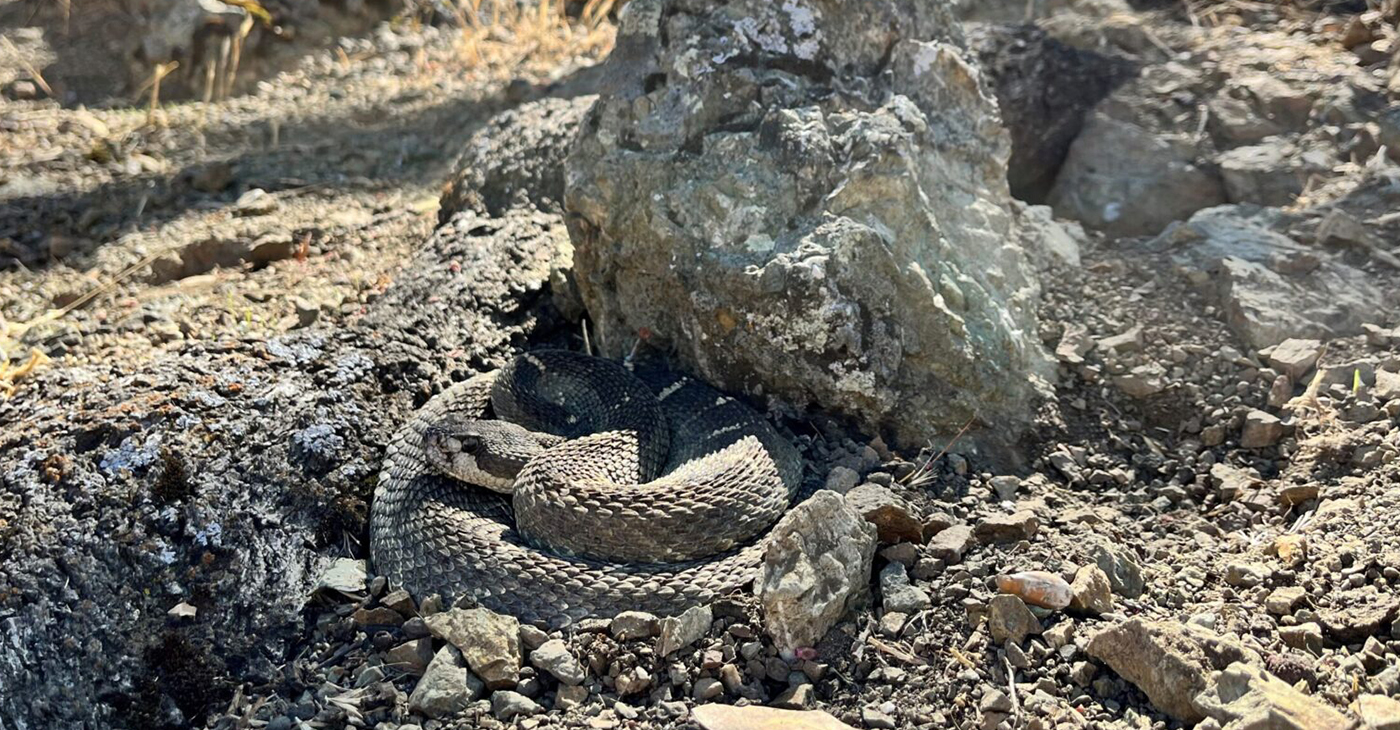
The Richmond Standard
The East Bay Regional Park District released an advisory today on rattlesnakes, which emerge from winter hibernation in early spring and become more active.
Warm weather can bring more potential for rattlesnake encounters with humans and dogs, particularly along trails and roads.
Visitors are encouraged to avoid hiking alone in case of an emergency, to scan the ground ahead as they walk, jog or ride, stay on trails avoiding tall grass, and to look carefully around and under logs and rocks before sitting down. Keep your dog on your leash to be extra safe, park officials said.
If you encounter a rattlesnake, leave it alone – it is unlawful to capture or harm one. Move carefully and slowly away or around it and give it plenty of space, park officials said.
Those who are bitten by a rattlesnake are instructed to stay calm by lying down with the affected limb lower than the heart, then having someone call 911.
Getting medical attention is critical.
Those bitten should not use tourniquets, “sucking,” or snake bite kits. If you are by yourself, walk calmly to the nearest source of help to dial 911, do not run.
If bitten by any other type of snake, wash the wound with soap and water or an antiseptic and seek medical attention.
Not sure what bit you? Check the bite for two puncture marks (in rare cases one) associated with intense, burning pain, which is typical of a rattlesnake bite. Other snakebites can leave marks without associated burning pain.
The Northern Pacific rattlesnake is the species found in East Bay Regional Parks. Snakes are important to the natural environment, helping to control rodents and other reptile populations. But enjoy them from afar.
For more information, download the Park District’s Common Snakes brochure or watch our Gopher Snake or Rattlesnake video to learn how to tell the difference between rattlesnakes and gopher snakes. Additional information is available at ebparks.org/safety/wildlife-encounters.
Alameda County
A Safe Place, Bay Area Domestic Violence Community Organization, Opens New Service Center in Oakland
Oakland-Bay Area non-profit, A Safe Place, announces the grand opening of its newly purchased building in Oakland that will be a service center for families that have suffered from domestic violence. The new, two-story building has over six new service rooms for counseling, mental health support groups, legal services, children’s treatment, safe space for community engagement, and partnership activities.
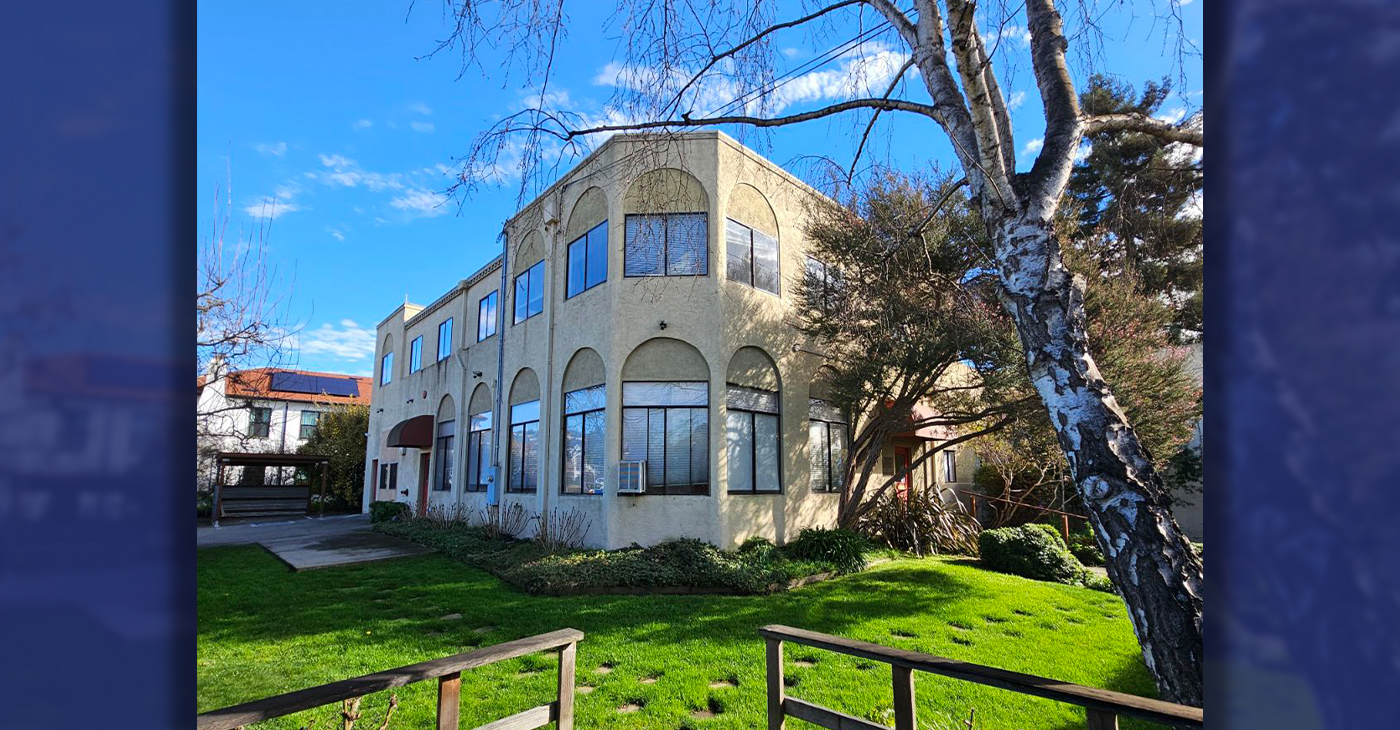
By Courtney Slocum Riley
Special to The Post
Oakland-Bay Area non-profit, A Safe Place, announces the grand opening of its newly purchased building in Oakland that will be a service center for families that have suffered from domestic violence.
The new, two-story building has over six new service rooms for counseling, mental health support groups, legal services, children’s treatment, safe space for community engagement, and partnership activities.
Domestic violence occurrences and offenses account for a considerable amount of all violent crimes in Alameda County. A Safe Place is attempting to provide a safe place for families to heal. A Safe Place is the only comprehensive domestic violence assistance program including a safehouse, in Oakland.
The grand opening celebration will also serve as a fundraiser to build out healing, therapeutic spaces for children and adult victims and survivors and survivors of domestic violence (male and female).
The new service center will expand the work of the organization, founded in 1976 when a group of women working in San Francisco came together to address the urgent need for a shelter in the East Bay. A year later, they founded A Safe Place (ASP) in Oakland. Run solely by volunteers, they set up a crisis line to offer crisis counseling and information to battered women and their children.
The organization serves over 500 adults and children annually through a host of services including crisis counseling via 24-hour crisis line, emergency motel and safehouse sheltering, mental health services (counseling and support groups).
Under the leadership of Executive Director, Carolyn Russell, the organization has grown from a single program into the comprehensive domestic violence and assistance program. ASP strives to meet the growing and diverse needs of our growing community.
The organization hopes to complete all the upgrades and therapeutic room improvements by August 2024. The public is invited to donate to the effort by using the website at www.asafeplace.org/donate. The organization also accepts in-kind gifts as well as items from the organization’s Amazon Wishlist.
-

 Community3 weeks ago
Community3 weeks agoFinancial Assistance Bill for Descendants of Enslaved Persons to Help Them Purchase, Own, or Maintain a Home
-

 Activism4 weeks ago
Activism4 weeks agoOakland Post: Week of April 3 – 6, 2024
-

 Business3 weeks ago
Business3 weeks agoV.P. Kamala Harris: Americans With Criminal Records Will Soon Be Eligible for SBA Loans
-

 Activism3 weeks ago
Activism3 weeks agoOakland Post: Week of April 10 – 16, 2024
-

 Community3 weeks ago
Community3 weeks agoAG Bonta Says Oakland School Leaders Should Comply with State Laws to Avoid ‘Disparate Harm’ When Closing or Merging Schools
-

 Community2 weeks ago
Community2 weeks agoRichmond Nonprofit Helps Ex-Felons Get Back on Their Feet
-

 Community2 weeks ago
Community2 weeks agoOakland WNBA Player to be Inducted Into Hall of Fame
-

 Community2 weeks ago
Community2 weeks agoRPAL to Rename Technology Center for Retired Police Captain Arthur Lee Johnson








